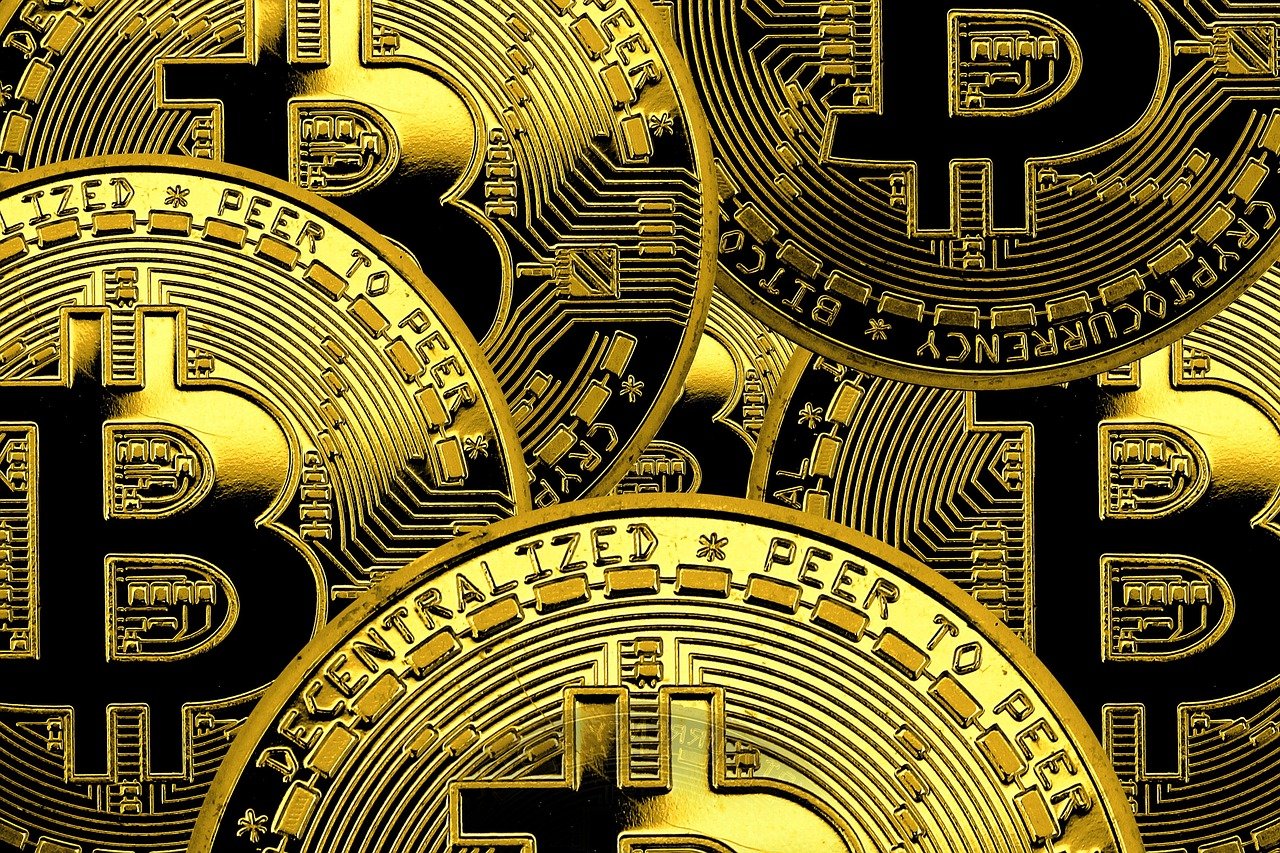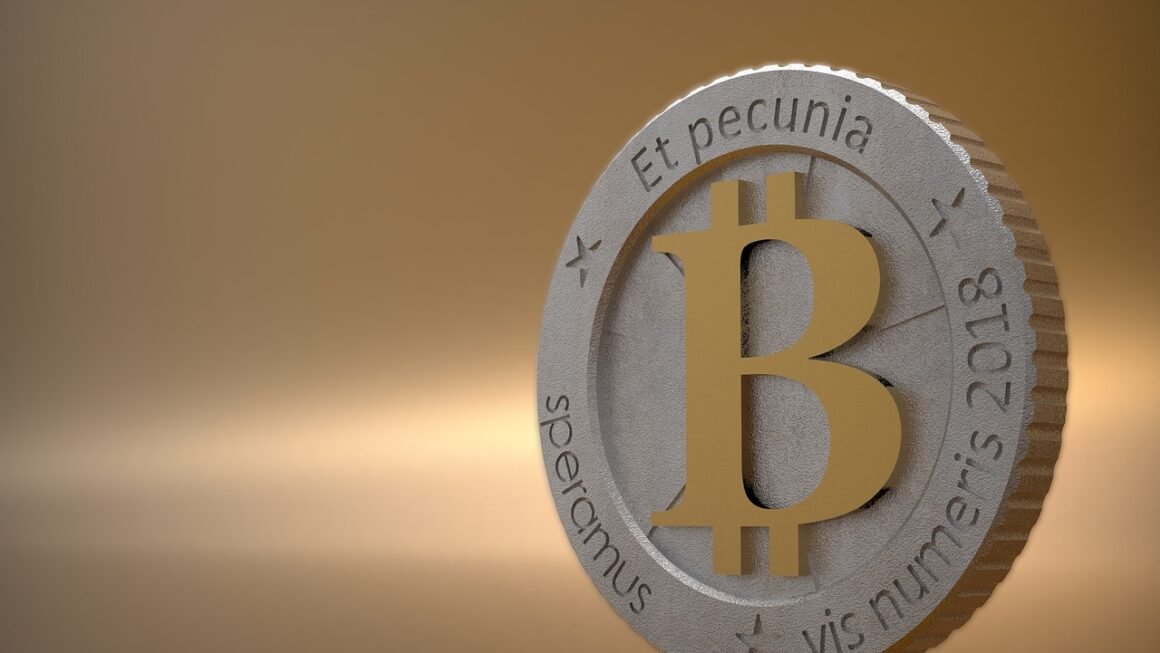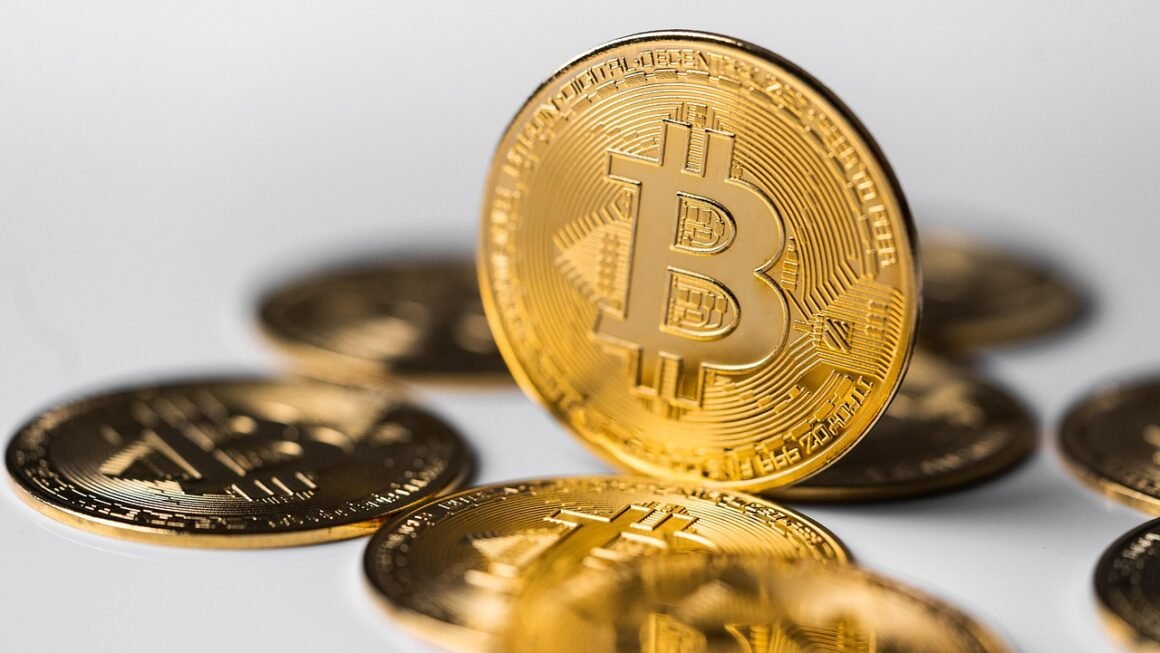Decentralized Exchanges (DEXes) are revolutionizing the way we trade cryptocurrencies, offering a compelling alternative to traditional centralized exchanges. In a world increasingly concerned with security, privacy, and financial sovereignty, DEXes provide a trustless and transparent platform for users to exchange digital assets directly with each other. This blog post delves into the intricacies of DEXes, exploring their mechanics, benefits, risks, and future potential.
What are Decentralized Exchanges (DEXes)?
DEXes are cryptocurrency exchanges that operate without a central authority or intermediary. Unlike centralized exchanges (CEXes) like Coinbase or Binance, DEXes facilitate peer-to-peer (P2P) trading directly between users’ wallets. This means you retain control of your private keys and funds throughout the trading process.
How DEXes Work
DEXes utilize smart contracts – self-executing agreements written in code – to automate the exchange of assets. Here’s a simplified breakdown:
- Order Books vs. Automated Market Makers (AMMs): DEXes primarily operate using two mechanisms:
Order Book DEXes: These resemble traditional exchanges, using order books to match buyers and sellers. Orders are placed, and trades are executed when a match is found. Examples include dYdX and Serum.
Automated Market Maker (AMM) DEXes: AMMs use liquidity pools – pools of tokens locked in smart contracts – to facilitate trading. Instead of order books, algorithms determine prices based on the ratio of tokens in the pool. Examples include Uniswap and PancakeSwap.
- Liquidity Pools: Users deposit their crypto assets into these pools, providing liquidity for others to trade. In return, they earn a portion of the trading fees.
- Smart Contracts: These contracts automate the entire process, ensuring trades are executed according to pre-defined rules. They handle order matching (in order book DEXes) or price discovery and execution (in AMM DEXes).
Key Features of DEXes
- Non-Custodial: You retain control of your private keys and funds.
- Permissionless: Anyone can participate in trading or providing liquidity.
- Transparent: All transactions are recorded on the blockchain and publicly auditable.
- Censorship-Resistant: Difficult to shut down or censor due to their decentralized nature.
- Global Accessibility: Available to anyone with an internet connection and a compatible wallet.
Benefits of Using DEXes
DEXes offer several advantages over traditional centralized exchanges, making them an increasingly attractive option for crypto traders and investors.
Increased Security and Control
- Reduced Risk of Hacks: Since DEXes don’t hold user funds, they’re less vulnerable to large-scale hacks. Centralized exchanges are honeypots for hackers because they hold vast amounts of cryptocurrency.
- Full Custody of Funds: Users maintain complete control over their private keys and assets, eliminating the risk of exchange insolvency or freezing accounts. The collapse of FTX highlighted the risks of trusting centralized exchanges.
- Mitigated Counterparty Risk: Transactions are executed directly between users, removing the need to trust a central intermediary.
Enhanced Privacy
- Limited KYC Requirements: Many DEXes require minimal or no Know Your Customer (KYC) verification, offering a higher degree of privacy compared to CEXes. While regulatory pressures are increasing, DEXes still generally offer more privacy.
- Pseudonymous Trading: Users can trade using wallet addresses, which are not directly linked to personal identities (though blockchain analysis can potentially reveal connections).
Broader Access to Tokens
- Listing Flexibility: New and emerging cryptocurrencies often list on DEXes before CEXes due to the lower barriers to entry. This gives users early access to potentially high-growth projects.
- Opportunity for Discovering Gems: DEXes provide a platform for projects that might not meet the stringent listing requirements of centralized exchanges.
Risks and Challenges of DEXes
While DEXes offer numerous benefits, it’s crucial to be aware of the associated risks and challenges.
Impermanent Loss
- Definition: Impermanent loss occurs when the price ratio of tokens in a liquidity pool changes, resulting in a decrease in the dollar value of your holdings compared to simply holding the tokens.
- Example: If you provide liquidity to a ETH/USDT pool, and the price of ETH significantly increases, you might experience impermanent loss. This is because the AMM will adjust the pool to maintain a balance between the two tokens, effectively selling some of your ETH to buy USDT.
- Mitigation Strategies: Choose pools with stablecoin pairs (like USDT/USDC) or pools with assets that have correlated price movements to minimize impermanent loss.
Smart Contract Vulnerabilities
- Risk: Smart contracts are susceptible to bugs and vulnerabilities that hackers can exploit. Audited contracts are essential but not foolproof.
- Example: The DAO hack in 2016 exploited a vulnerability in the smart contract code, resulting in the theft of millions of dollars’ worth of Ether.
- Mitigation: Research the security audits of the DEX’s smart contracts before using the platform. Look for reputable auditors like CertiK or Quantstamp.
Front-Running and MEV (Miner Extractable Value)
- Front-Running: Bots can observe pending transactions on the blockchain and execute similar trades ahead of them, profiting from the price movement.
- MEV: Refers to the profit that miners or validators can extract by reordering, including, or excluding transactions in a block.
- Mitigation: DEXes are actively developing solutions to mitigate front-running and MEV, such as transaction privacy layers and order prioritization mechanisms.
Liquidity Concerns
- Slippage: Low liquidity can result in high slippage – the difference between the expected price of a trade and the actual price received.
- Example: If you try to buy a large amount of a low-liquidity token, the price can significantly increase during the transaction due to the limited supply available.
- Mitigation: Trade on DEXes with sufficient liquidity for the tokens you’re trading, and be mindful of slippage settings.
Choosing the Right DEX
Selecting the right DEX depends on your individual needs and risk tolerance. Consider these factors:
Factors to Consider
- Token Support: Does the DEX support the tokens you want to trade?
- Liquidity: Is there sufficient liquidity for the trading pairs you’re interested in?
- Fees: What are the trading fees and gas costs associated with using the DEX?
- Security: Has the DEX undergone a security audit by a reputable firm?
- User Interface: Is the interface user-friendly and easy to navigate?
- Blockchain Network: Which blockchain network does the DEX operate on (e.g., Ethereum, Binance Smart Chain, Solana)?
Popular DEXes and Their Strengths
- Uniswap (Ethereum): Pioneered the AMM model and is one of the most liquid DEXes on Ethereum.
- PancakeSwap (Binance Smart Chain): Popular DEX on Binance Smart Chain with lower fees than Ethereum-based DEXes.
- SushiSwap (Ethereum & Multi-Chain): Fork of Uniswap with added features like staking and governance tokens.
- Curve Finance (Ethereum): Specializes in trading stablecoins with low slippage.
- dYdX (Ethereum Layer 2): Offers perpetual contracts and margin trading with lower gas fees using StarkWare’s StarkEx technology.
- Raydium (Solana): Fast and efficient DEX on the Solana blockchain.
The Future of DEXes
DEXes are constantly evolving, and several trends are shaping their future.
Key Trends and Developments
- Layer 2 Scaling Solutions: Layer 2 solutions like Optimism, Arbitrum, and zkSync are being integrated into DEXes to reduce gas fees and increase transaction speeds.
- Cross-Chain DEXes: Efforts are underway to develop DEXes that can facilitate trading between different blockchain networks.
- Improved User Experience: DEXes are becoming more user-friendly with better interfaces and integrated features like portfolio tracking and fiat on-ramps.
- Institutional Adoption: As DEXes mature and regulations become clearer, institutional investors are starting to explore the potential of decentralized trading.
- Concentrated Liquidity: Concepts like Uniswap V3’s concentrated liquidity allow liquidity providers to allocate capital more efficiently, improving capital efficiency and reducing slippage.
Conclusion
DEXes represent a significant step towards a more decentralized and transparent financial system. While risks and challenges exist, the benefits of increased security, privacy, and access to a wider range of tokens make them an increasingly compelling alternative to traditional centralized exchanges. As technology continues to evolve and regulations adapt, DEXes are poised to play an increasingly important role in the future of cryptocurrency trading. By understanding the mechanics, benefits, and risks associated with DEXes, users can make informed decisions and participate in the exciting world of decentralized finance.



